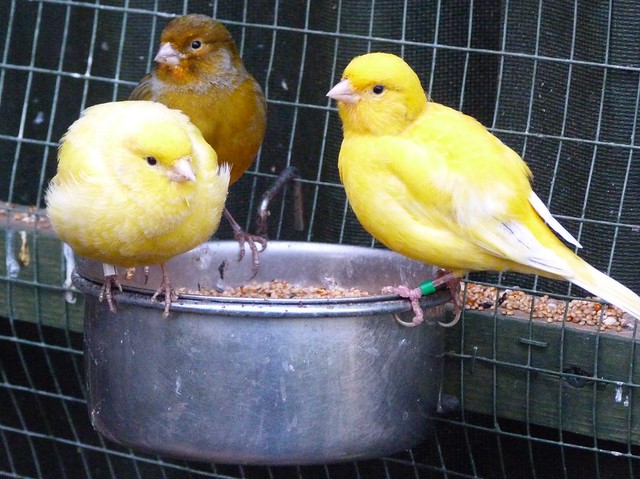(Original title: Rainforest Birds - Green-Cheeked Conure)
 |
| Green-cheeked Conure perching in an aviary at Kuala Lumpur Bird Park, Malaysia. (Photo credit: Wikipedia) |
Green-cheeked Conure
Latin Name:
Pyrrhura molinae
Status:
Least Concern
Scientific Classification:
Kingdom: Animalia
Phylum: Chordata
Class: Aves
Order: Psittaciformes
Family: Psittacidae
Genus: Pyrrhura
Species: P. molinae
General Information:
Another common name for the Green-cheeked Conure is the Green-cheeked Parakeet. This small parrot is common in captivity, where it's known for being playful and intelligent. In the wild, this social species occurs in central South America where it often forms large flocks in the treetops. There are five subspecies.
Physical Description:
This bird is usually between 9 - 10 inches in length and weighs close to 70 g. Its coloration is primarily green. It has a reddish-brown forehead and its nape is brownish green. The cheeks are a bright green and there are dull green patches on the sides of the neck, throat and upper breast. The tail is maroon, wing feathers have a bluish tinge and the breast is grayish. There is purple on the belly and the beak and ear covers are brown. Sexes are similar, and it is difficult to determine males from females. The juveniles have duller plumage with darker irises. They also exhibit less of the maroon coloration on the abdomen.
Diet:
A bird feeds on a diet of fruits, such as bananas and raisins, and seeds, such as sunflower and hemp seeds.
Habitat:
This parrot ranges from west central and south Mato Grosso, Brazil, through portions of northern and eastern Bolivia, and down to northwestern Argentina. It inhabits forests and other woodlands, congregating in large flocks.
Reproduction:
The mating season for the Green-cheeked Conure begins in February and several matings are possible. Females lay 4 - 6 eggs per clutch and average an incubation period of about 24 days.
|



